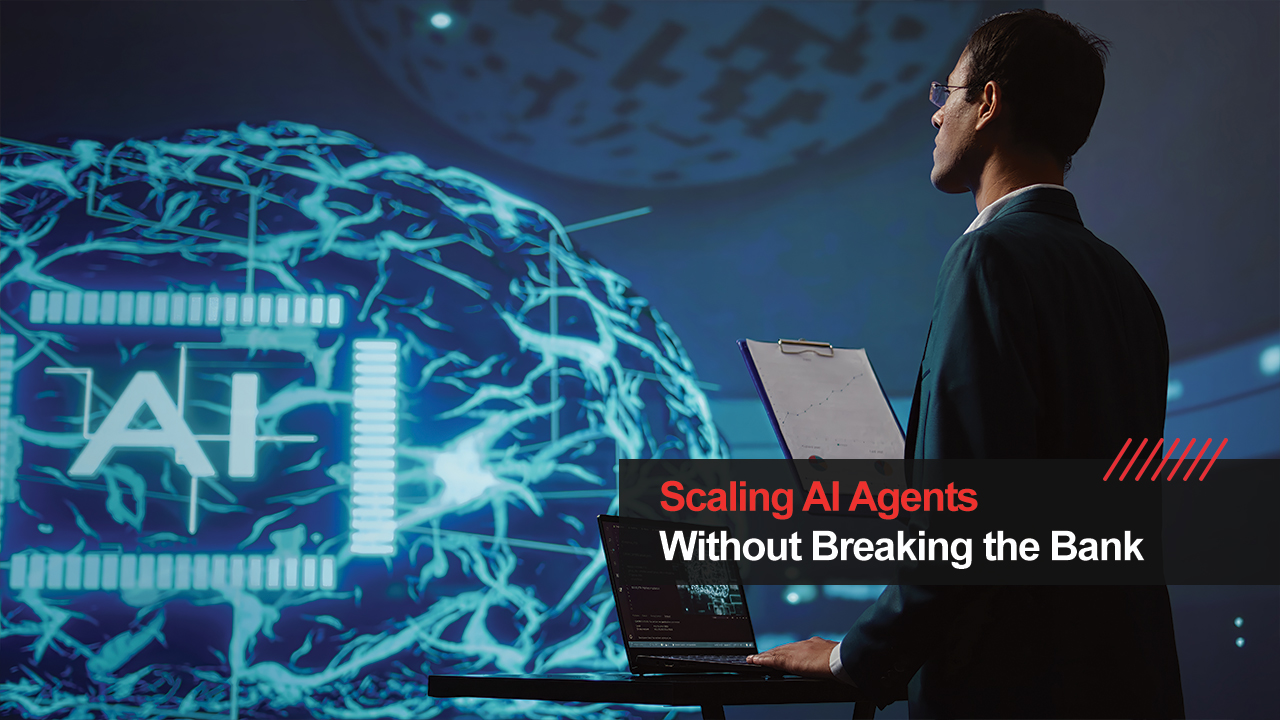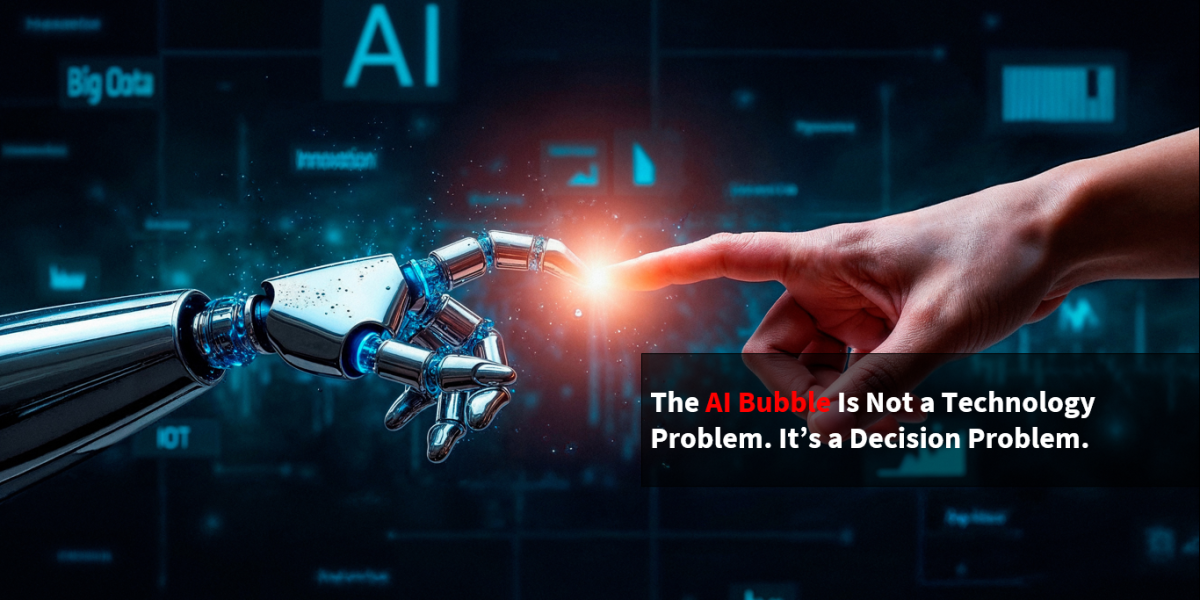Every enterprise dreams of scaling AI across workflows — from customer support to supply chain to finance. But when the bills start adding up, the dream can quickly look like a spreadsheet nightmare.
Endless API calls. Hours of reasoning steps. Overthinking loops that drive up usage without driving up value. Scaling starts to feel less like innovation and more like a budget line item.
The truth is, enterprises don’t need oversized AI agents. They need efficient ones.
Why Bigger Isn’t Always Better
For years, the assumption was simple: the larger the model, the more accurate the result. Enterprises leaned on the “more is better” approach — more steps, more context, more reasoning.
But here’s the reality: every extra step has a cost. Every unnecessary reasoning loop chips away at ROI.
That’s why the metric that matters most isn’t model size or reasoning depth. It’s cost-of-pass — the actual cost of getting a task right.
An agent that solves a task in 5 steps instead of 50 doesn’t just save compute. It proves that efficiency is the foundation of enterprise readiness.
What Research is Showing
Recent work on agent design reveals clear patterns:
– Right-size the model → Choose the best model for the task, not the largest one on the market.
– Trim the steps → Overthinking isn’t intelligence. Streamlined reasoning often achieves the same result with fewer cycles.
– Keep memory lean → Avoid bloated storage; focus on memory that’s slim, relevant, and reusable.
– Simplify the tools → The best agent doesn’t need a toolbox of hundreds; it needs just the right ones.
The outcome? Comparable performance at a fraction of the cost.
Why This Matters Now
Gartner predicts that by 2026, 40% of enterprise applications will have AI agents built in, up from less than 5% today. That’s not just growth. That’s a once-in-a-decade transformation, on par with the cloud wave.
But here’s the catch: adoption at that scale can’t run on “more compute, more cost.” Enterprises need to rewire their approach to scaling.
This isn’t only a tech story. It’s a business model story.
Scaling Through the Lens of the Enterprise
Every role sees scaling differently:
– CFOs want proof that investment in AI drives measurable ROI — not just inflated infrastructure bills.
– CIOs/CTOs are racing to modernize infrastructure, ensure interoperability, and manage the risk of fragmented systems.
– COOs and business leaders look for shorter decision cycles, fewer operational errors, and better customer experiences.
– CISOs are already preparing for the governance challenge when autonomous agents begin making decisions at scale.
The thread connecting all of them? Efficiency. AI that scales responsibly must strike a balance between cost and capability.
The Takeaway: Efficiency is the Real Driver of Scale
Scaling AI in the enterprise isn’t about piling on more power. It’s about making smart trade-offs.
The winners in this shift won’t be the companies with the largest agents. They’ll be the ones who treat efficiency as a first principle — measuring cost-of-pass, trimming wasted steps, and aligning AI design with business outcomes.
Scaling AI isn’t just a technical upgrade.
It’s a business model shift.




